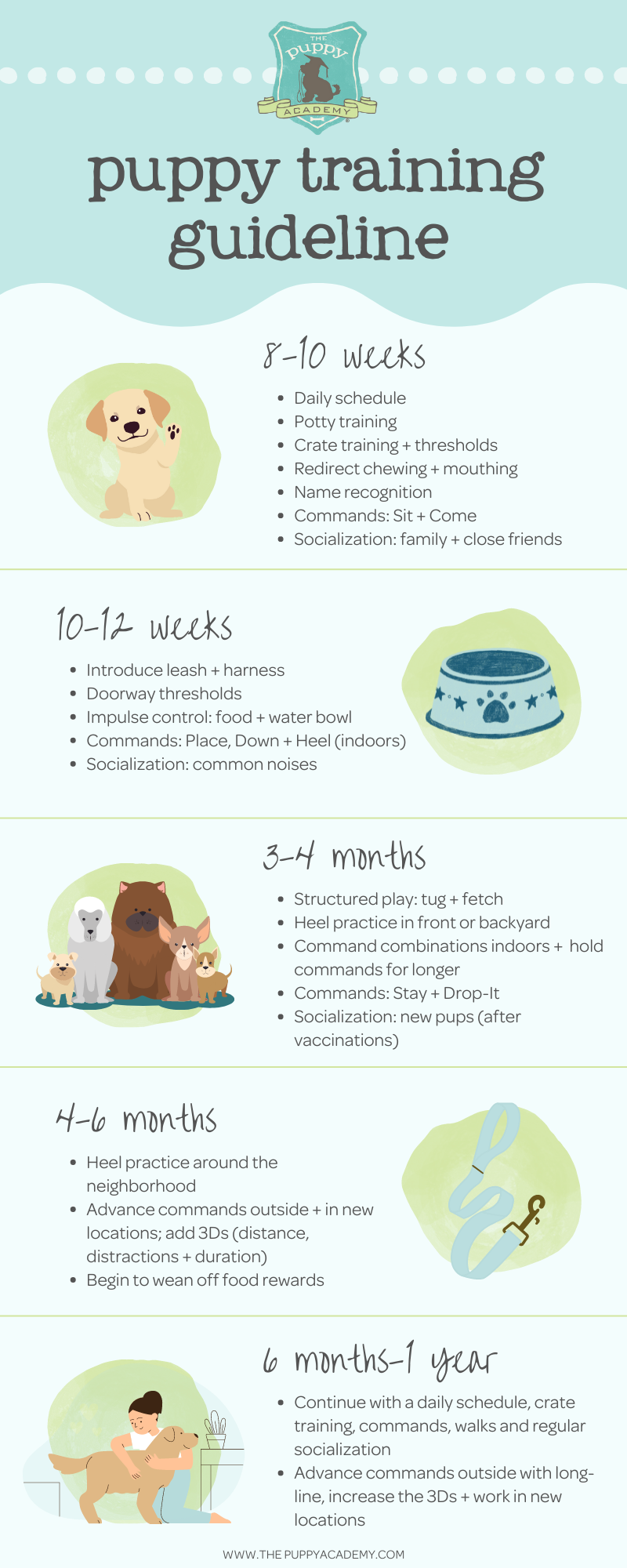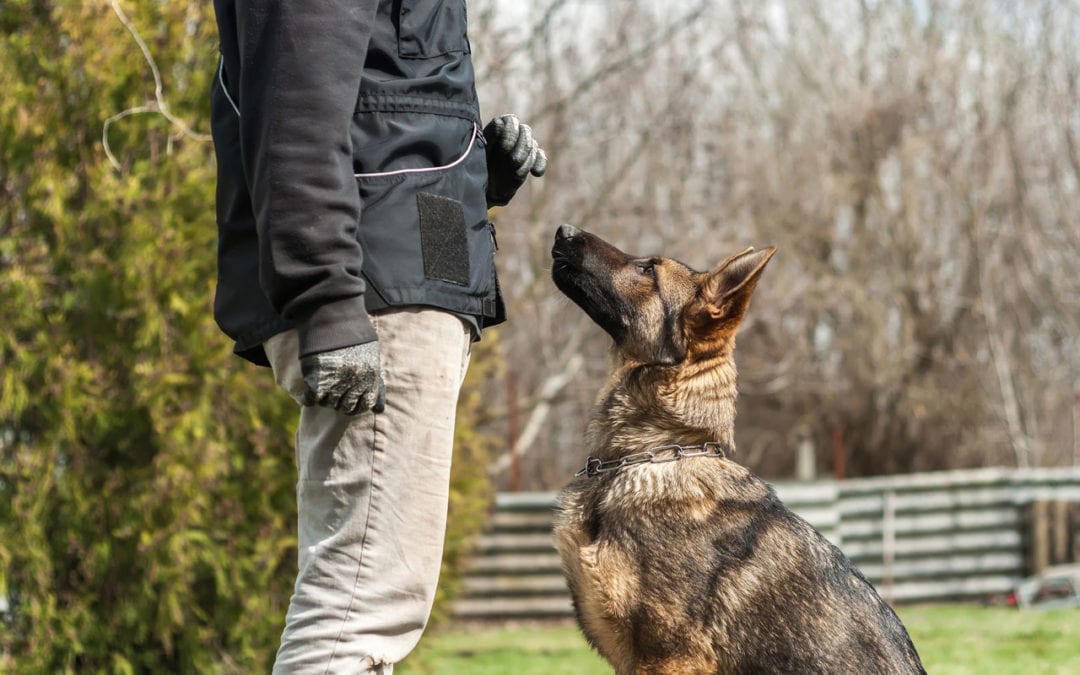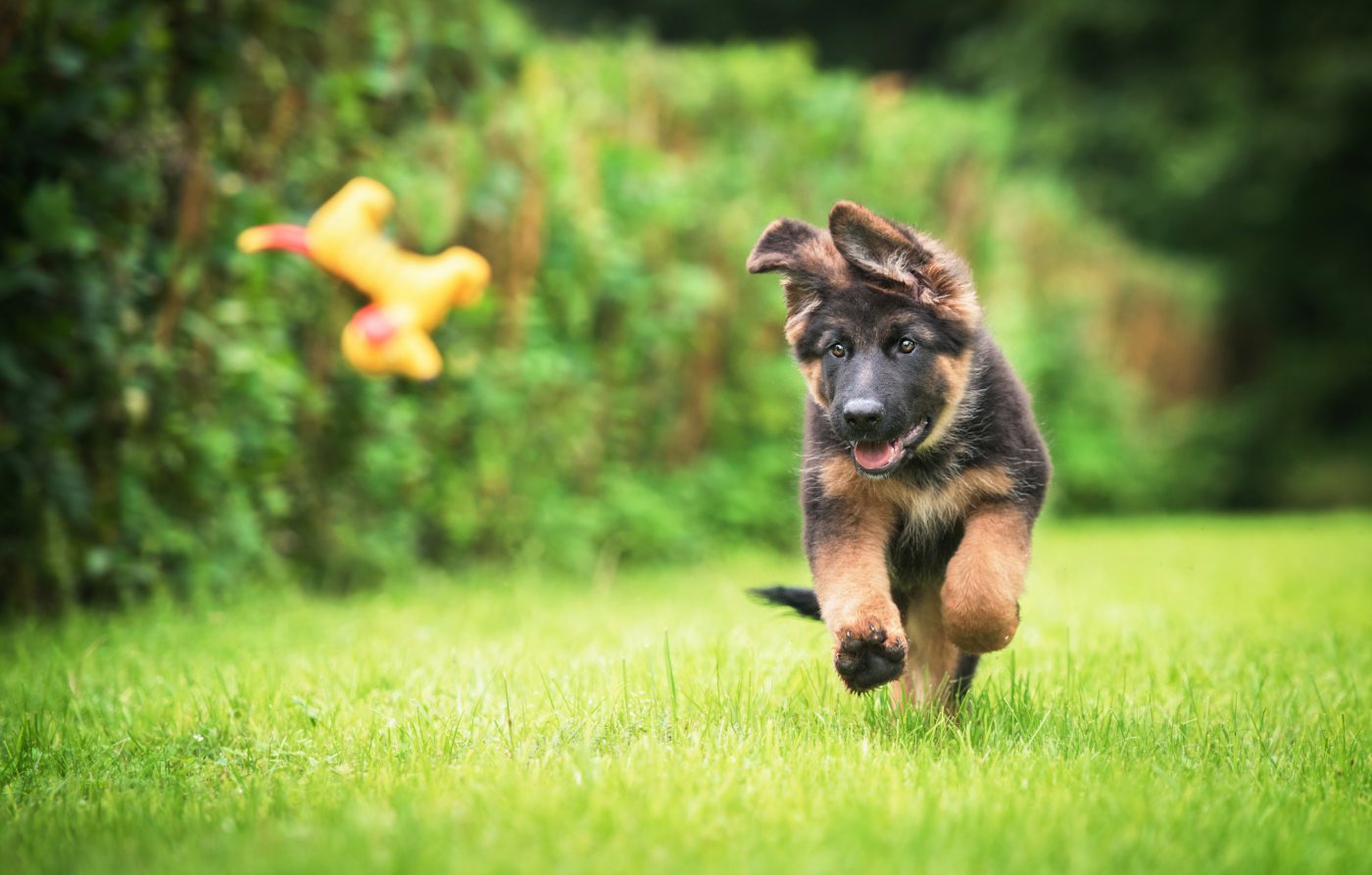Puppy Training 101: How to Start Teaching Your New Pup Right Away
Top Pup Training Methods to Ensure a Well-Behaved Family Pet
Efficient puppy training is essential for cultivating a well-behaved companion, and numerous methods can significantly influence a dog's advancement. Amongst these, positive support stands out as a fundamental approach, promoting count on and encouraging desirable actions. Consistency in commands and very early socialization are just as vital, preparing for a well-adjusted pet. Furthermore, the roles of crate training and leash rules can not be neglected. As we discover these techniques further, it ends up being clear that the success of young puppy training pivots on a combination of techniques that can transform your family pet's habits in amazing means.
Favorable Reinforcement Methods
Utilizing positive reinforcement techniques is crucial for efficient young puppy training, as it encourages desired habits with benefits instead than penalty. This approach maximizes the all-natural learning processes of pets, reinforcing etiquette by offering concrete and immediate benefits, such as treats, appreciation, or play. By associating favorable results with particular activities, pups are more probable to repeat those behaviors in the future.
Efficient favorable support entails timing and consistency. Benefits need to be provided immediately after the preferred behavior takes place to produce a clear link in the young puppy's mind. Furthermore, varying the sorts of benefits can keep a young puppy's passion and inspiration throughout the training procedure. Some pups may react better to verbal praise while others may like a preferred toy or treat.

Uniformity in Training Commands
Keeping consistency in training commands is essential for enhancing the lessons found out with positive reinforcement strategies. Dogs grow on regular and predictability, so using the exact same verbal commands and hand signals for details habits is essential. This harmony aids pups comprehend what is anticipated of them, lowering complication and frustration for both the pet dog and the instructor.

Timing also plays a considerable function in consistency. Commands must be supplied without delay throughout training sessions and followed instantly by favorable support, such as deals with or appreciation. This prompt feedback aids solidify the association between the command and the desired actions.
Including consistency into training sessions will certainly produce a steady understanding setting, advertising quicker proficiency of commands. Inevitably, a well-structured approach cultivates a strong bond in between the puppy and its owner, leading to an extra well-behaved and obedient pet.
Socialization With Other Animals
Socialization with various other animals is essential for a pup's development, as it aids them discover suitable actions and interaction abilities in diverse social contexts. Very early communications with different animals can significantly influence a young puppy's personality and versatility in various scenarios. When puppies are revealed to a variety of family pets, they become more positive and less fearful, which can avoid potential behavior issues later in life.

Additionally, observing body language during interactions is crucial. Educate your young puppy to identify signals from other family pets, such as indications of playfulness or discomfort, promoting mutual respect and understanding. Normal socialization not only enhances your puppy's social abilities yet also adds to their general health, producing a much more harmonious living atmosphere. Finally, prioritizing interactions with other animals will certainly generate a socially experienced and all-around pet.
Cage Training Advantages
Identifying the many benefits of pet crate training can significantly boost both the puppy's and proprietor's experience. Crate training supplies a safe and protected atmosphere for puppies, ensuring they feel protected when left alone. This complacency can substantially reduce stress and anxiety and anxiety levels for both the owner and the pet.
Furthermore, pet crates act as an important house-breaking device. Pups normally avoid staining their sleeping location, therefore encouraging them to hold their bladder up until they are allow outside. This reaction can accelerate the house-breaking procedure, fostering excellent habits at an early stage.
Crate training also helps in handling a pup's habits when without supervision. By supplying a designated space, proprietors can protect against damaging habits, such as chewing on furniture or entering damaging materials. In addition, dog crates can be helpful throughout traveling, supplying an acquainted area that can aid relax a puppy in brand-new atmospheres.
Last but not least, establishing a cage routine motivates self-reliance, permitting young puppies to discover exactly how to be alone without concern. Overall, cage training is an efficient approach for advertising safety and security, harmony, and discipline, causing a well-adjusted, well-behaved pet.
Leash Training Basics
Leash training his explanation is an essential element of accountable pet dog ownership that makes sure a safe and delightful strolling experience for both the puppy and its owner. Correct leash training begins early, ideally throughout the puppy's socializing period. This training helps establish excellent practices and promotes positive behaviors when out in public.
To start, select click here for more info a comfy collar or harness that fits your young puppy well. Attach a sturdy chain, ensuring it is not also long, as this can result in pulling and unpredictable behavior. Beginning in a peaceful setting to lessen diversions and gradually present your young puppy to brand-new environments.
Usage favorable reinforcement methods, such as deals with and appreciation, to urge your pup to stroll close to you. If your young puppy draws, quit walking and wait for them to return to your side prior to proceeding.
Additionally, incorporate short training sessions with enjoyable interruptions to build your pup's focus. With commitment and persistence, chain training will certainly cause an accommodating friend, making walks delightful for both the proprietor and the puppy.
Verdict
Finally, employing efficient pup training methods is vital for creating a mannerly family pet. Positive support look at these guys fosters count on and encourages preferred habits, while consistency in commands aids in comprehension. Socializing with various other animals boosts versatility and social skills, and cage training offers a safe and secure atmosphere that sustains housebreaking efforts. Leash training establishes proper strolling routines, contributing to pleasurable outings. In general, these methods collectively advertise an unified partnership in between puppies and their owners.
As we explore these approaches even more, it becomes clear that the success of pup training pivots on a combination of approaches that can change your pet dog's behavior in remarkable methods.
Making use of positive reinforcement strategies is crucial for efficient pup training, as it motivates desired habits via incentives rather than punishment.Crate training also helps in managing a pup's habits when unsupervised.Leash training is a fundamental element of accountable family pet possession that ensures a enjoyable and secure walking experience for both the puppy and its proprietor.In final thought, employing effective pup training techniques is essential for creating a well-behaved pet.